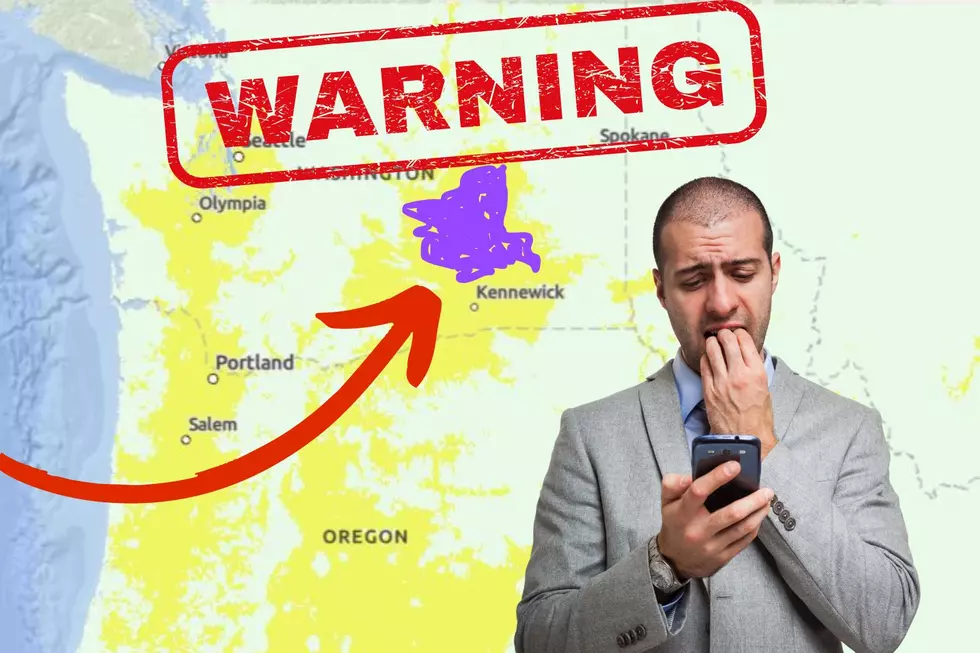
New Color on Weather Map Could be Deadly in Washington State
The National Weather Service Has Added Another Warning Color To Weather Forecast
A new color has been added to the weather map and yes it could have deadly consequences in Washington State if not adhered to.
A New Color On The Weather Map Will Alert Washingtonians To Stay Inside And Safe
The CDC and National Weather Service have added another color to their weather map as an additional warning.
If you see this new color on a map, they are advising people to stay inside.
You see the weather map all the time behind weather forecasters, from colors like green to yellow and red, you can get an idea of where the "hot" spots are where you live.
Red is an obvious warning color and heat is the #1 killer of weather-related deaths according to the National Oceanic and Atmospheric Administration (NOAA) and the Centers for Disease Control and Prevention (CDC).
So when you are looking at the weather map, the newest color that has been added is Magenta.

A new system called "Heat Risk" gives you more heat-index insight according to an article from MSN.com
Heat Risk will provide a seven-day risk outlook for how dangerous the temperature can be and if you do see Magenta on the weather map in Washington State, you'll want to stay inside because it'll mean extreme heat and possibly a deadly consequence if you are out working in the extreme heat.
The map is posted on the NOAA website and it's updated in real-time. Magenta is the highest level warning for heat and if you see it on the map, the best thing you can do is stay inside.
Check out more details on the new weather map and the new color added to the NOAA map here.
LOOK: Best Counties To Live in Washington
Gallery Credit: Stacker
OPPORTUNITIES: These Are the Highest-Paying Jobs in Yakima That Don’t Require a College Degree
Gallery Credit: Stacker



